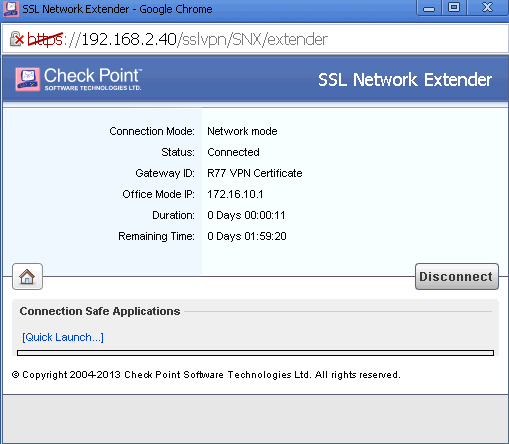
Learn how indeni enables pre-emptive maintenance of Check Point Firewalls Now go to “Tunnels on Gateway” again and select GWB (if both gateways are managed by the same management server). Up – Init means that it is trying to establish the tunnel, and will probably mean that in a few seconds the tunnel will go to DOWN state or UP state. Open the SmartView Monitor and go to “Tunnels on Gateway”:įirst select GWA in the list and review if the tunnel in question is UP, DOWN or Up – Init. (Viewing VPN tunnels in SmartView Monitor requires a monitoring license installed on the management server, and enabled on the gateway itself). Let’s see what this has to say about the tunnel. GWB can either be another one of our gateways or an external one. Since at least one gateway needs to be a Check Point gateway managed by us, in this example this is GWA. Both could be Check Point Firewalls or one could be another brand. Both gateways could be managed by the same management server, or different ones. In this example the tunnel between GWA (Gateway A) and GWB (Gateway B) is down. the Object Usage window opens and displays the various locations of the referenced object.How to Troubleshoot Check Point Firewall VPN Connection To view the location of the referenced object, select the number in Ref. Whether this portal is using web-only mode.ĭisplays the number of times the object is referenced to other objects. Whether this portal is using IPv6 tunnel mode. Whether this portal is using tunnel mode.

See Create or edit an SSL-VPN portal.Įdit an SSL-VPN portal. The following options are available: Create NewĬreate an SSL-VPN portal. You can also drag column headings to change their order. Right-click on any column heading to select which columns are displayed or to reset all the columns to their default settings. Go to VPN > SSL-VPN Portals to see a list of available SSL-VPN portals. The portal view defines the resources available to the remote users and the functionality they have on the network. This step is also where you configure what the remote user sees with a successful connection. This step in the configuration of the SSL-VPN tunnel sets up the infrastructure the addressing, encryption, and certificates needed to make the initial connection to the FortiGate unit managed by a FortiProxy unit.

FortiProxy administrators can configure login privileges for system users as well as the network resources that are available to the users. The SSL-VPN portal enables remote users to access internal network resources through a secure channel using a web browser.


 0 kommentar(er)
0 kommentar(er)
